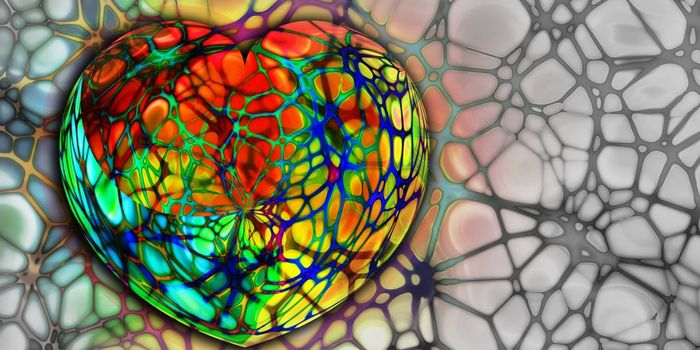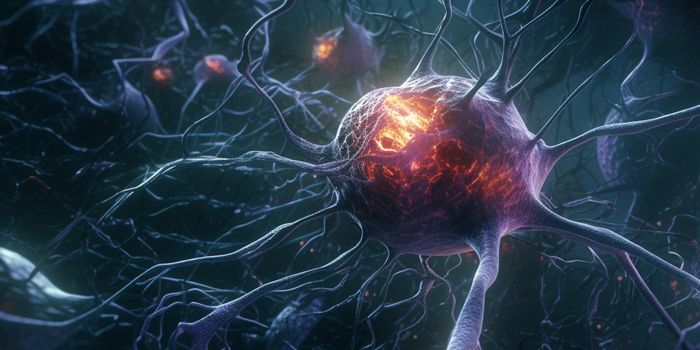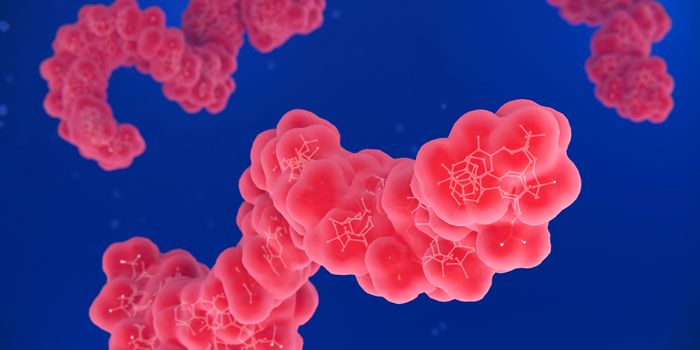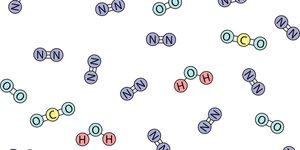Mapping Networks of Gene Expression in Cells
Every cell contains our whole genome, but not all genes are turned on all the time; gene expression has to be very carefully controlled so that organisms develop properly and then maintain function correctly. Gene activation is influenced in many complex ways, some of which involve other genetic sequences called promoters and enhancers. Many eukaryotic genes have a promoter that precedes their sequence on the genome, to help these genes get expressed. Other regulatory elements called enhancers can also act to trigger gene expression.
Enhancers can be physically located much further from genes they act on than promoters, so it can be difficult to know exactly how enhancers, promoters, and genes are connected. Reporting in Nature Genetics, scientists have tried to learn more about these connections, to determine which enhancers 'switch on' which genes in immune cells. This work can help scientists understand why certain people are at greater risk for developing some immunological diseases.
"Nobody has done this mapping, either technically or analytically, to this precision in immune cells," said the co-senior study author Associate Professor Pandurangan Vijayanand M.D., Ph.D. of the La Jolla Institute for Immunology (LJI). "People have found a lot of these switches, but it hasn't been easy to know which switch is connected to which gene."
It's as though you've entered a house where you don't know which switch controls which light, but on a huge scale, suggested the researchers. "We really want to figure out the wiring," said study co-senior author Ferhat Ay, Ph.D., the Institute Leadership Assistant Professor of computational biology at LJI. "Going forward, we can apply this framework to understand cell types involved in many different diseases."
The researchers knew that even though enhancers don't have to be close to the gene they control, they still have to be physically close to the promoter they act on; the DNA has to physically loop around so that the two sequences can meet. In some cases, they were surprised when enhancers were so far away on the linear genetic sequence.
"To date, fewer than a handful [of] examples of such ultra-long distance connections have been discovered and validated," said Vivek Chandra, Ph.D., an instructor at LJI.
Since enhancers are also part of the genetic code, the researchers identified variations in the sequences of enhancers that can change or disable their activity; the switch can malfunction. Thus, some variants may disrupt proper gene expression in some cell types. This work will help scientists predict when variants in enhancers might change a person's risk of developing a disease.
The promoters turned out to have another level of complexity as well. This study showed that some promoters that were thought to be inactive are actually working on genes that are far away on the linear genetic sequence. "They might be connected to other genes that you would never expect," said Ay.
This study suggests the field still has more to learn about the regulation of gene expression and how changes in gene activity are connected to disease risk.
"People working on all kinds of diseases are completely rethinking how they find variants and the genes they associate with," says Ferhat.
To help in that effort, this work is now available online at DICE (Database of Immune Cell Expression, Expression of quantitative trait loci and Epigenomics) database. The approach can also be extrapolated to investigate other cells. "The next steps are endless," said Vijayanand.
Sources: AAAS/Eurekalert! via La Jolla Institute for Immunology, Nature Genetics









